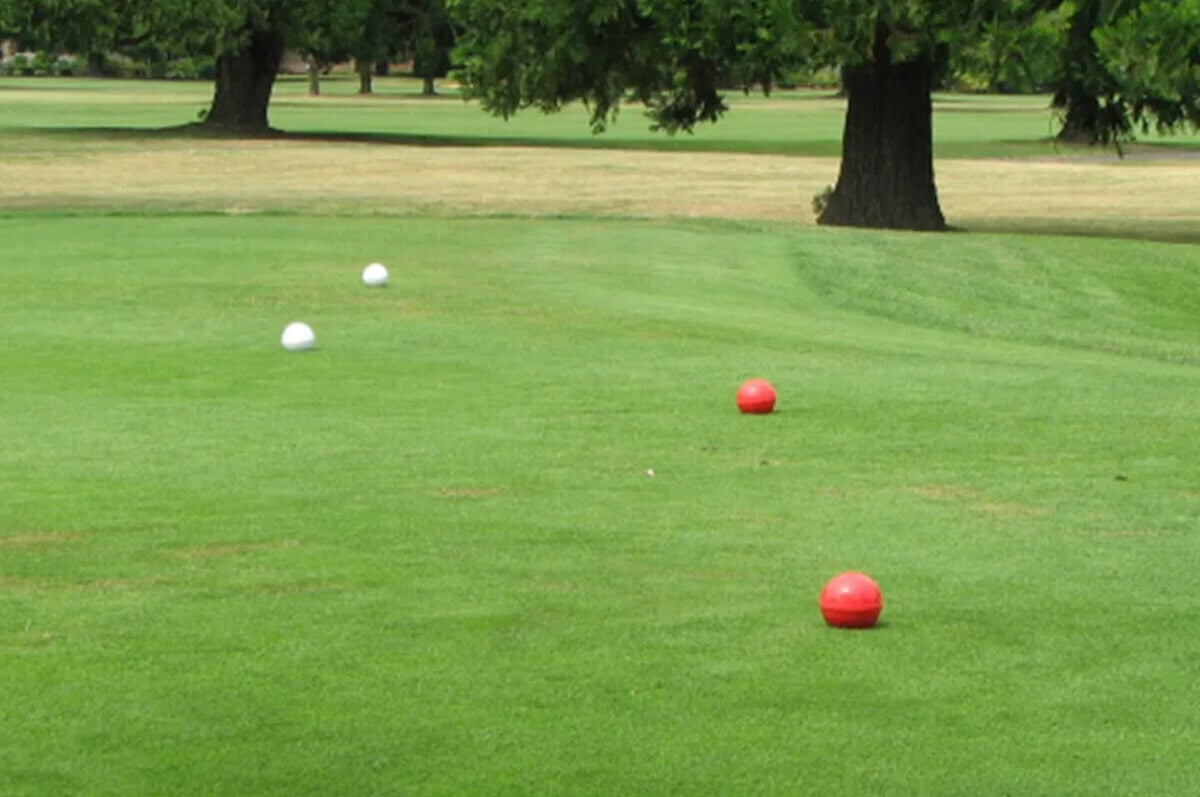Sometimes you need to put things into perspective in order to achieve a goal. First, I need to change your mindset while on the golf course. Typically, golfers have an unrealistic image in their minds of what breaking 90 actually looks like. Getting your score into the eighties is a careful balance between limiting mistakes and hitting great shots. Of course you want to limit your number of shots per hole, but have you considered this? Bogey golf gets it done.
Breaking 90 is probably the most popular milestone for the majority of golfers. Shooting in the eighties signifies that you have reached an above-average level of golf, and let's face it, it sounds so much cooler to tell someone that you shot an 88 compared to a 97.
I'm about to change how you approach golf and throw some math at you. Don't worry; you're not going to need a calculator because this is pretty straightforward. Let's say, for argument's sake, the course you're playing is a par 70; your mind immediately thinks that in order to play good golf, you need to par most holes.
If you par each hole, you shoot a 70 (not going to happen), so let's get shooting par out of your head. Let's look at this par 70 course a different way. What if you got a bogey on every hole? Do you see where I'm going with this? You shoot bogey on every hole, and you still break 90. For some reason, if I were to tell someone all they need to do is bogey, their goal of breaking 90 doesn't seem as hard. This is bogey golf.
Next time, focus on continuously giving yourself chances to make bogey when you get on the course. Hit layups if you have to. Play irons off the tee. Aim for the large part of the green on par-3s. You will learn that it's all about course management and keeping the ball in front of you. If you stay consistent and implement course management, you will see those bogeys turning into pars and pars into birdies because you won't constantly be playing from behind. The quickest way to never break 90 is the old double bogey. The DB is a scorecard killer, so play conservatively and focus on these few things:
Tee Shots
I can't stress this enough! Keep the ball in play! That should be your primary focus when you step up to the tee. Your tee shots set the table for how the hole is going to play out, and don't feel the necessity to pull out the Big Dog on every hole. Making smarter decisions on what club to use and selecting a safe, achievable target is the first step to preventing double bogeys. Make a plan for every single hole.
Recovery shots
Listen, we all land in the junk, but it's how you get out of it that will make or break your round. This and the tee box is where I see the ego take over, and poor golfers all of a sudden think that they can make shots like the pros. Don't go for broke when you're in trouble!
If your ball is in trouble, it's a pretty good chance you are already upset with yourself. Don't compound it with another bad shot. That's how you let the game get away from you, and once the game gets inside your head it's tough to come back. You need to take a deep breath and figure out the most logical shot that will allow you to save bogey. Instead of trying to "save par" and going through the trees, you may need to chip back out onto the fairway and give yourself a chance to make the second shot.
I've tried to go through or over the trees so many times, and you know how many actually worked? Two! That's it; two times I wound up on the green. Chances are, it will hit that tree so play smart and in control.
Three Putting
Three putting is a killer, not only to your score but to your morale. How many times have you been on the green in two, or one for that matter, only to 3-putt? Not only did you lose the birdie, but you also lost the par, which then sends you down the spiral that has a hold on you all the way to the next tee box.
Avoid this, take this simple approach. First, try and get your ball within 3 feet on your first putt. Don't be a hero from 25 feet out! This will allow for a higher percentage of makes on your second putt and avoid the dreaded three-putt.
Conclusion
Breaking 90 is not as hard as you might think if you just break it down to its simplest form. Change your mindset about always needing to shoot par, bogey golf is under 90 golf. It requires discipline, course management, and club selection, all of which is in your control. Don't compound a bad shot with another one. Stay consistent and conservative, and you will start to see it reflected on your scorecard. Most importantly, have fun.




